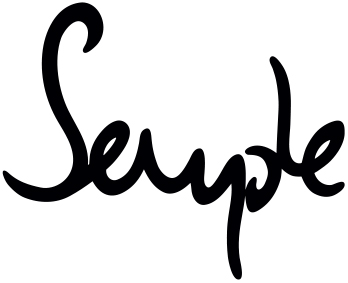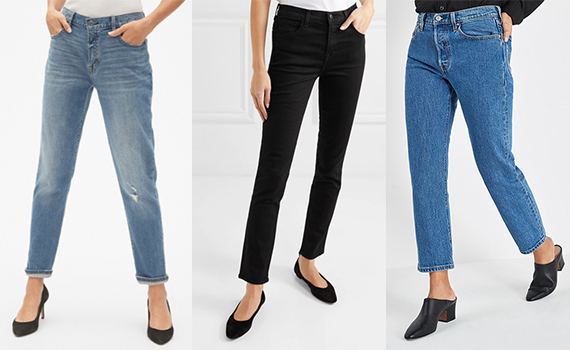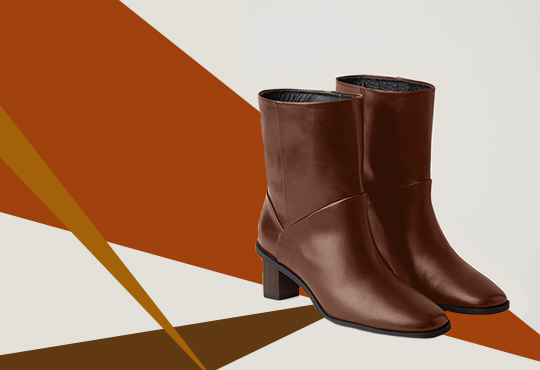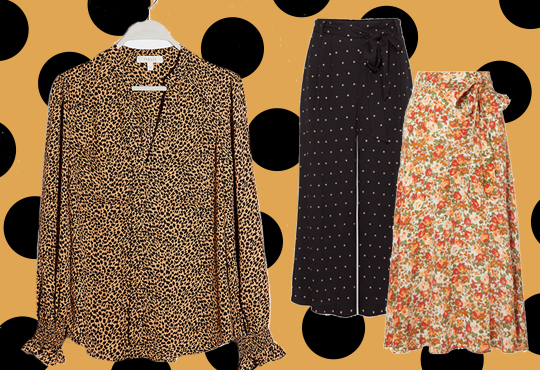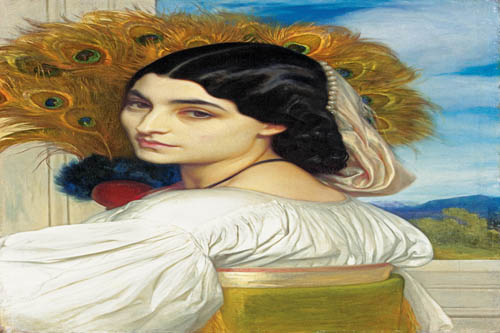
On Thursday 7th April the Semple team went to the V&A to view their current major exhibition The Cult of Beauty: The Aesthetic Movement 1860-1900.
The Cult of Beauty is a close examination of the Aesthetic movement which gripped Victorian culture in Britain between 1860 and 1900. At this time aesthetes sought to escape the rapidly changing and modernising urban landscape and challenge the long held idea that art should have a moral message or social standpoint – they wanted to create ‘Art for Art’s Sake’.
The exhibition divides its artefacts between two rooms. The first room holds objects dating from 1860-1880; these are mainly paintings and pieces of furniture which exemplify the artistic styles of prominent artists and poets such as Rossetti, Swinburne, Leighton, Burne-Jones and Morris, who evolved out of the Pre-Raphaelite movement, and pioneered aestheticism. It becomes clear here that there are strong motifs running through this style including images of sunflowers, lilies and peacocks, an obsession with the female form and the influence of Arthurian legend, antiquity and classicism.
The vogue for design in this movement began with Rossetti and his followers who took aestheticism into their homes. They decorated rooms entirely in the Aesthetic colours of muted greens and yellows, painted furniture with medieval inspired scenes and filled them with eclectic mixtures of Japanese ‘blue and white’ china and classical-styled copperware. When this restyled furniture was taken out of the artist’s homes and shown to mainstream audiences it sparked a revolution and a realisation for the need for beauty in everyday life.
This becomes obvious in the second room which contains items of clothing dating from 1880-1900. These clothes are designed in the aesthetic/artistic style and are mostly made from olive and brown velvet or silks of sage green and pale yellow. Among them is a gentlemen’s suit similar to that worn by Oscar Wilde in his American Lecture Tour. Comprising of brown velvet knee breeches and jacket with a cream shirt and paired with silk stockings (much to the shock of the Americans), it is seen as the defining look of the male aesthete.
During this period the Liberty family and their famous department store were very much in tune with the Aesthetic ideal. Many of the items were donated by the store or worn by the family and they make clear the drastic changes in women’s fashion that were taking place. Japanese kimonos and intricately embroidered capes became highly fashionable for women and dresses were no longer made to be worn with corsets underneath – just another way in which the aesthetes tried to escape the bindings of modern life. Fans also became very popular with women as a way of flirting and communicating with men. The exhibition displays a unique fan from an unknown female owner (possibly the wife of an artist). The handle of the fan is decorated with the peacock motif and its body contains 39 signatures and miniatures from prominent artists of the Aesthetic Movement – a neat containment of everything the aestheticism embodies in an intriguing piece of fashion history.
Zoe Dickens
Images courtesy of Official V&A Imagery
